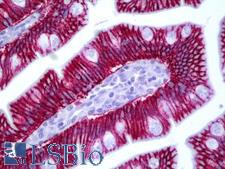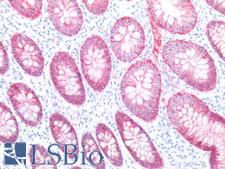Login
Registration enables users to use special features of this website, such as past
order histories, retained contact details for faster checkout, review submissions, and special promotions.
order histories, retained contact details for faster checkout, review submissions, and special promotions.
Forgot password?
Registration enables users to use special features of this website, such as past
order histories, retained contact details for faster checkout, review submissions, and special promotions.
order histories, retained contact details for faster checkout, review submissions, and special promotions.
Quick Order
Products
Antibodies
ELISA and Assay Kits
Research Areas
Infectious Disease
Resources
Purchasing
Reference Material
Contact Us
Location
Corporate Headquarters
Vector Laboratories, Inc.
6737 Mowry Ave
Newark, CA 94560
United States
Telephone Numbers
Customer Service: (800) 227-6666 / (650) 697-3600
Contact Us
Additional Contact Details
Login
Registration enables users to use special features of this website, such as past
order histories, retained contact details for faster checkout, review submissions, and special promotions.
order histories, retained contact details for faster checkout, review submissions, and special promotions.
Forgot password?
Registration enables users to use special features of this website, such as past
order histories, retained contact details for faster checkout, review submissions, and special promotions.
order histories, retained contact details for faster checkout, review submissions, and special promotions.
Quick Order
PathPlusTM CLDN1 / Claudin 1 Antibodies
CLDN1 (SEMP1) is a membrane protein of the claudin family. It is a component of tight junction complexes that regulate the permeability of epithelia. It is required to prevent the paracellular diffusion of small molecules through these junctions in the epidermis and for the normal barrier function of the skin. It is necessary for normal water homeostasis and to prevent excessive water loss through the skin, likely via an indirect effect on the expression levels of other proteins, since CLDN1 itself seems to be dispensable for water barrier formation in keratinocyte junctions. Additionally, CLDN1 acts as a coreceptor for HCV entry into hepatic cells. In cancer, CLDN1 is a useful target in immunohistochemistry for identifying hemangiopericytoma and meningiomas, perineuriomas, ovarian adenocarcinomas in effusions, and as a general marker for epithelial differentiation. In normal tissue, CLDN1 shows particulate membranous staining in squamous epithelium and positivity in gastrointestinal, immune, endocrine, exocrine, muscle, lung, renal, kidney, breast, skin and reproductive tissues.
References: J Invest Dermatol. 2013 May;133(5):1161-9, PMID: 23407391; Am J Surg Pathol 2002;26:1620, PMID:12459629; Mod Pathol 2005;18:1403, PMID:15920547; Am J Clin Pathol 2007;127:928, PMID:17509990; https://www.ncbi.nlm.nih.gov/pubmed/18520438, Am J Surg Pathol 2008;32:1088, PMID:18520438; Am J Clin Pathol 2006;125:203, PMID:16393681;
2 PathPlusTM Antibodies


☰ Filters
Products
Antibodies
(2)
Type
Primary
(2)
Target
CLDN1 / Claudin 1
(2)
Reactivity
Human
(2)
Mouse
(2)
Rat
(2)
Application
IHC
(1)
IHC-P
(2)
WB
(2)
Peptide-ELISA
(1)
Host
rabbit
(2)
Product Group
PathPlus Cancer
(2)
Isotype
IgG
(1)
Clonality
polyclonal pc
(2)
Format
Unconjugated
(2)
Epitope
aa162-211
(1)
Publications
No
(1)
Yes
(1)

Cancer
CLDN1 / Claudin 1 Rabbit anti-Human Polyclonal (aa162-211) Antibody
Mouse, Rat, Human
IHC, IHC-P, Peptide-ELISA, WB
Unconjugated
50 µl/$460

Cancer
CLDN1 / Claudin 1 Rabbit anti-Human Polyclonal Antibody
Mouse, Rat, Human
IHC-P, WB
Unconjugated
50 µg/$460
Viewing 1-2
of 2
product results










